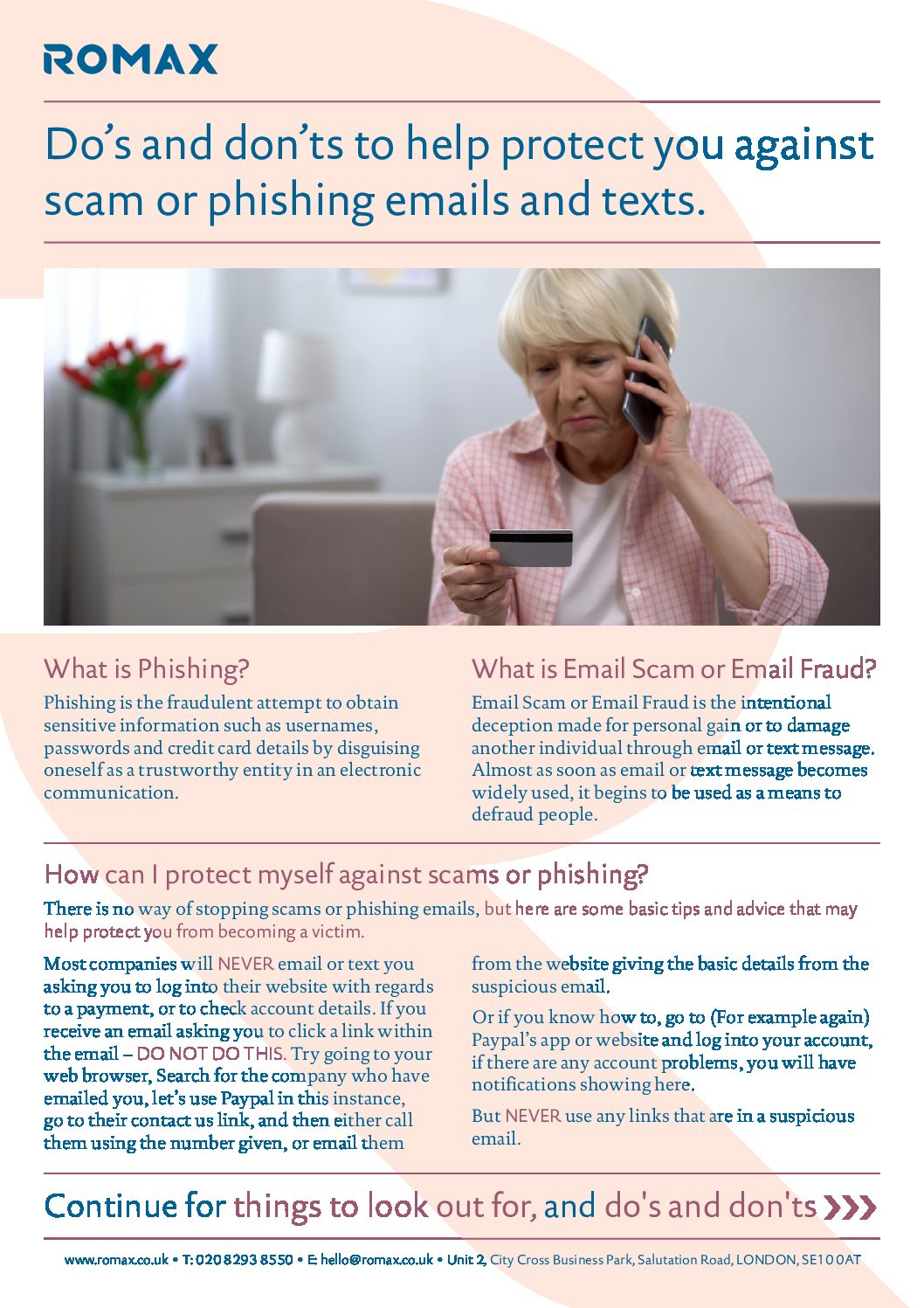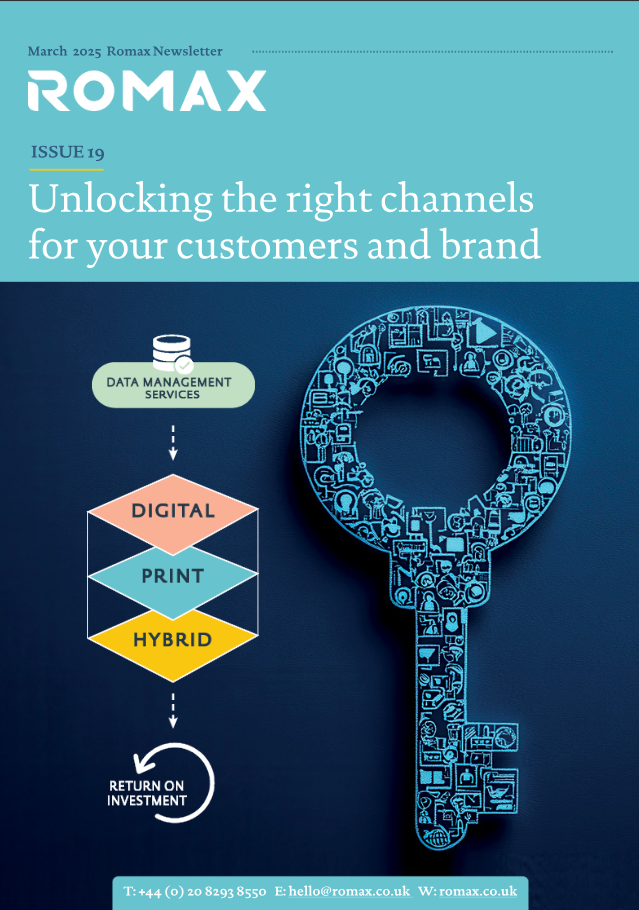So if a company who specialise in Security & Risk Management can get caught out by scams or phishing, what hope do those inexperienced with technology, for example the elderly, have when faced with an email, or text message telling them to ‘click below’ before their: Service is cut off/Bank account is closed/Payment is refused………and so on…..?
As I mentioned at the beginning, many of my emails each day are scams or phishing scams, and with each passing day every aspect of them are more professional looking, more convincing, and at times I’m even cross examining and questioning genuine emails I receive. And every time I see these scam emails, I’m immediately worried and concerned for those who will be scammed, those who are scared into clicking the link, calling the number, and giving details that could rob them of everything.
Email is a critical business tool, but how good is it when used as a standalone marketing medium – particularly for new businesses attempting to cut through – when you consider the amount of emails you receive?
What can we do? There’s pretty much nothing we can do to stop these scams, but we can try to educate and help those who may not be able to tell the difference between real and scam.
When it comes to marketing your services is it well worthwhile considering all of your options on how best to get you message across and what mediums provide the most ‘trust’. An interesting article from MarketReach provides the ideal way to combine electronic marketing with other proven and often more trusted sources of information https://www.marketreach.co.uk/blog/using-mail-to-get-the-most-of-digital
I have created a file, which can be forwarded, or printed out, which has some basic information that will hopefully help people out there.
Please download or print off for someone you know who may need it.
Please let me know if you have any advice or tips which I can add to this – the more informative it is, the more it will help people protect themselves.
«
Let’s make your customer communication personal! Direct Mail – How to cut through to home workers »




